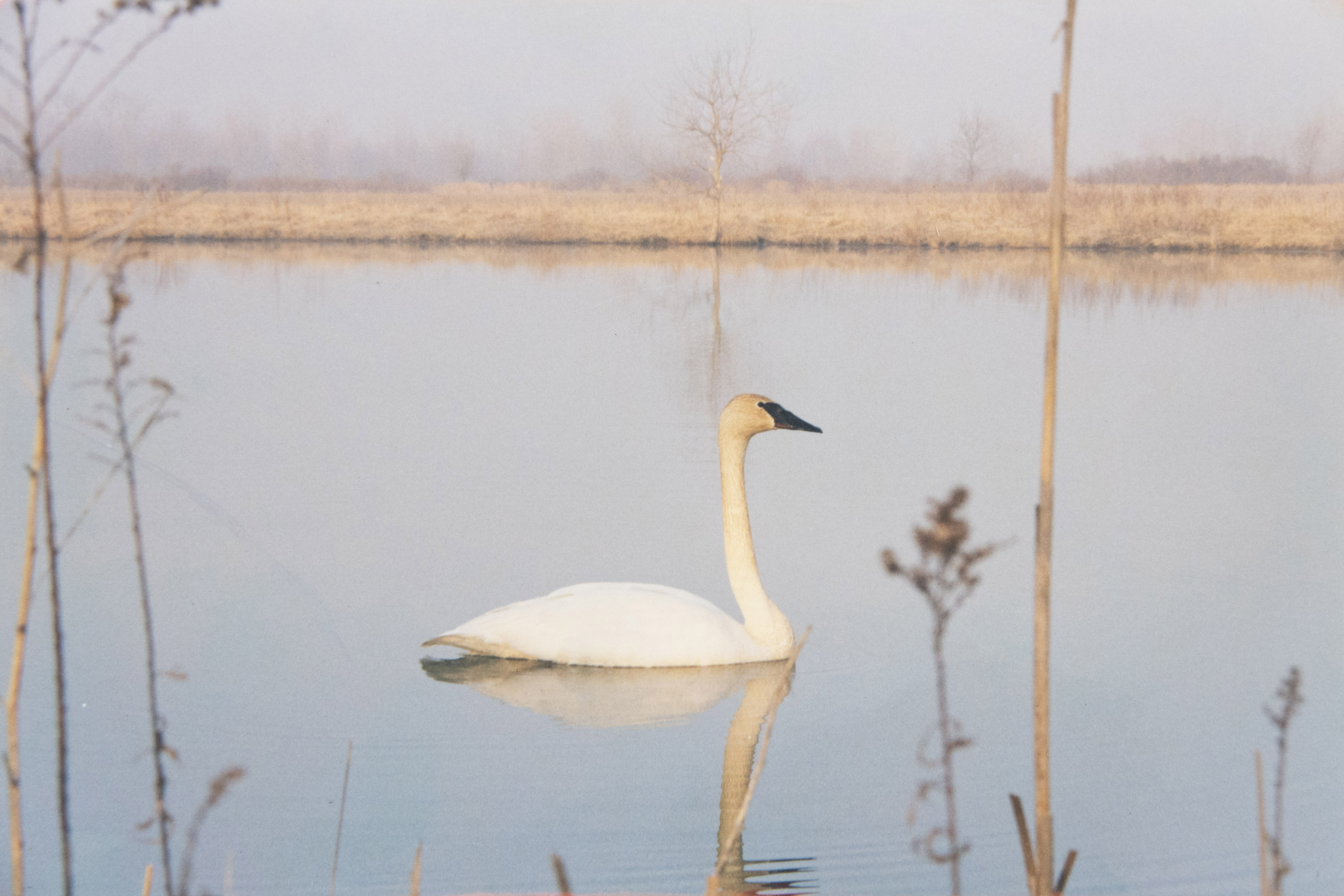Alex Snyder, a senior photo editor for The Nature Conservancy who helps lead the annual photo contest, grew up exploring Ohio’s state parks and forests. He studied photojournalism at Ohio University and has spent his career capturing the connections between people and nature ever since.
Yeah, I’ve been pretty fortunate. Before coming to TNC, I was the photographer at Peace Corps, which took me to 15 countries to document the volunteer experience. I lead communications for The Photo Society, where I work with over 200 National Geographic photographers and manage an online community of over 4.7 million. And now with TNC, I assign and edit photography that illustrates our organization’s purpose and goals.
We have an innate need to capture and share our reality. If I do my job well, the photos we use and how we present them make people feel real emotions—be it joy, fear, kinship, anger—about what’s happening in the world.

The climate category was new in 2022. Why was it added?
More and more photos were arriving with captions that referenced climate change. In 2021, the first-place winner in the landscape category—an image of a dead Pantanal alligator in a dry riverbed in Brazil by Daniel De Granville Manço—brought home the fact that people are trying to capture the consequences of climate change and how this global crisis is touching down around the world.
What advice would you give to an aspiring photographer?
We have had winners who are professional photographers with expensive gear, and we have had winners who are amateurs that captured something incredible with a smartphone. Use what you have. Be curious, be creative. Everyone has a unique point of view. Show us!




